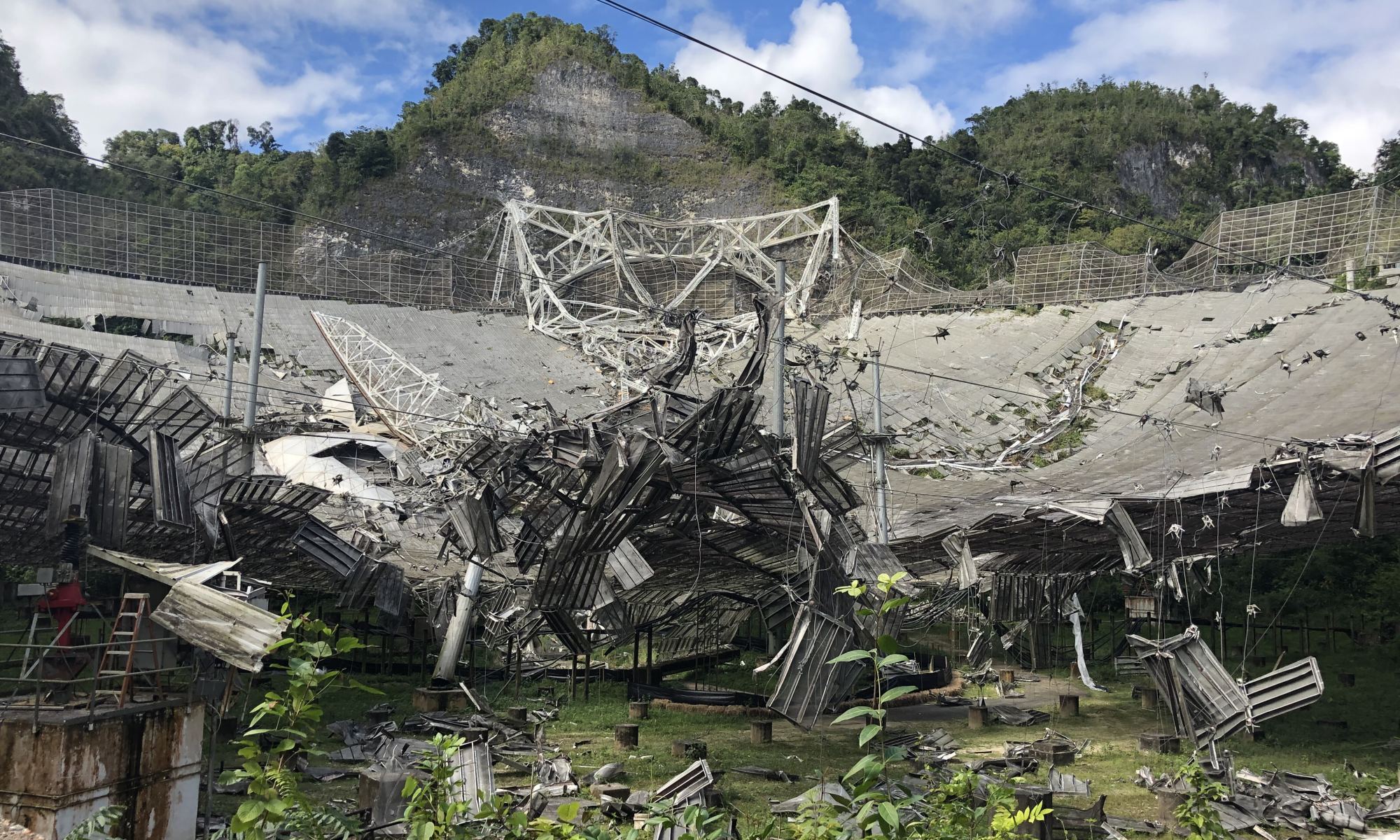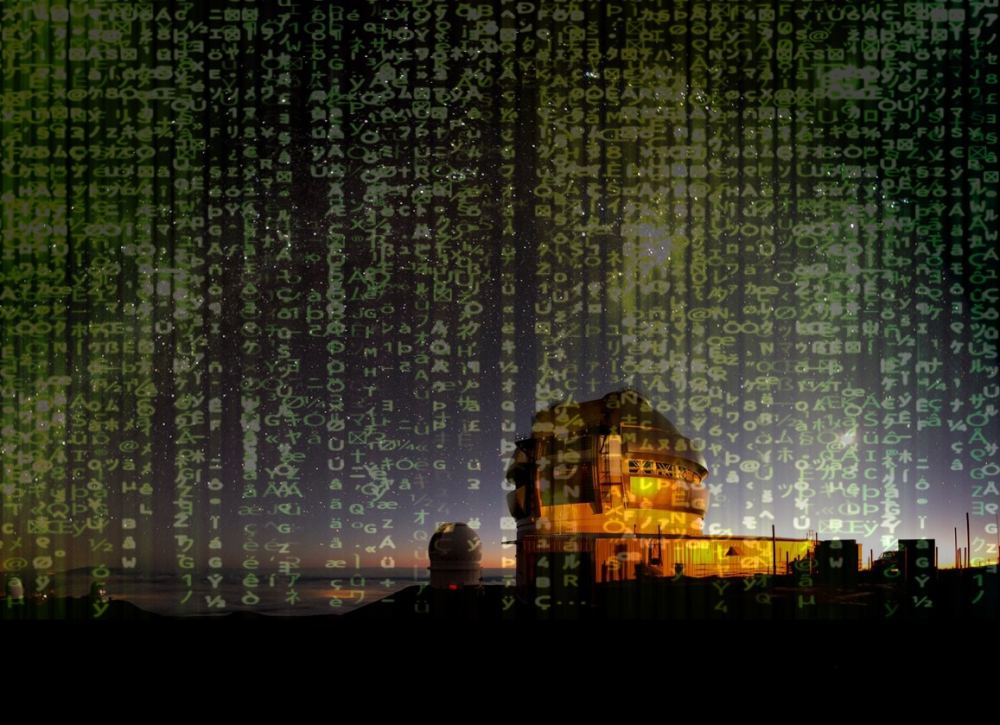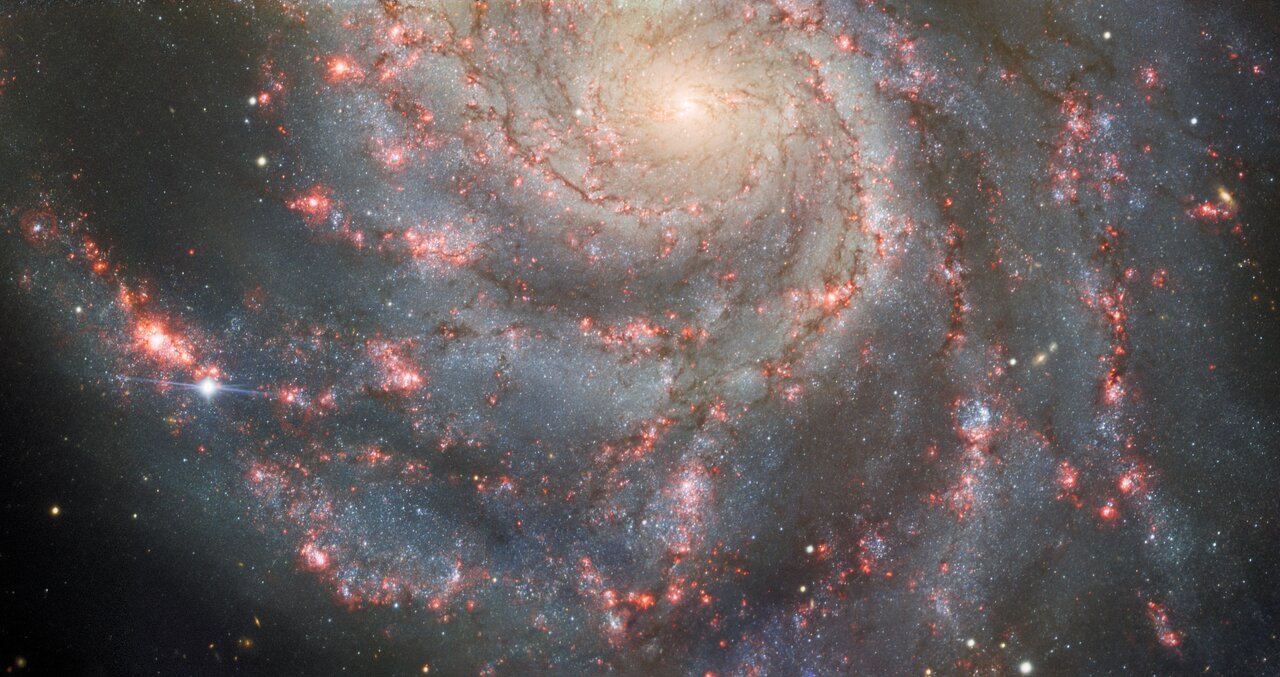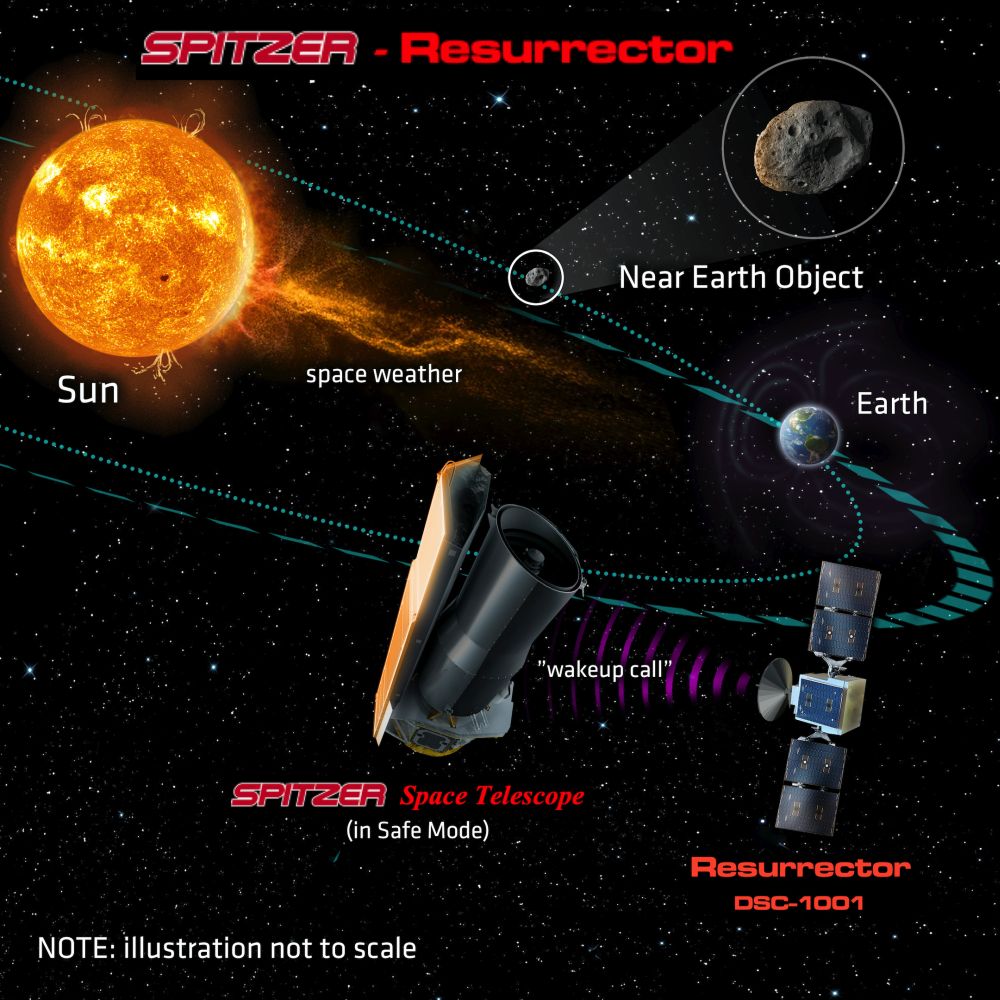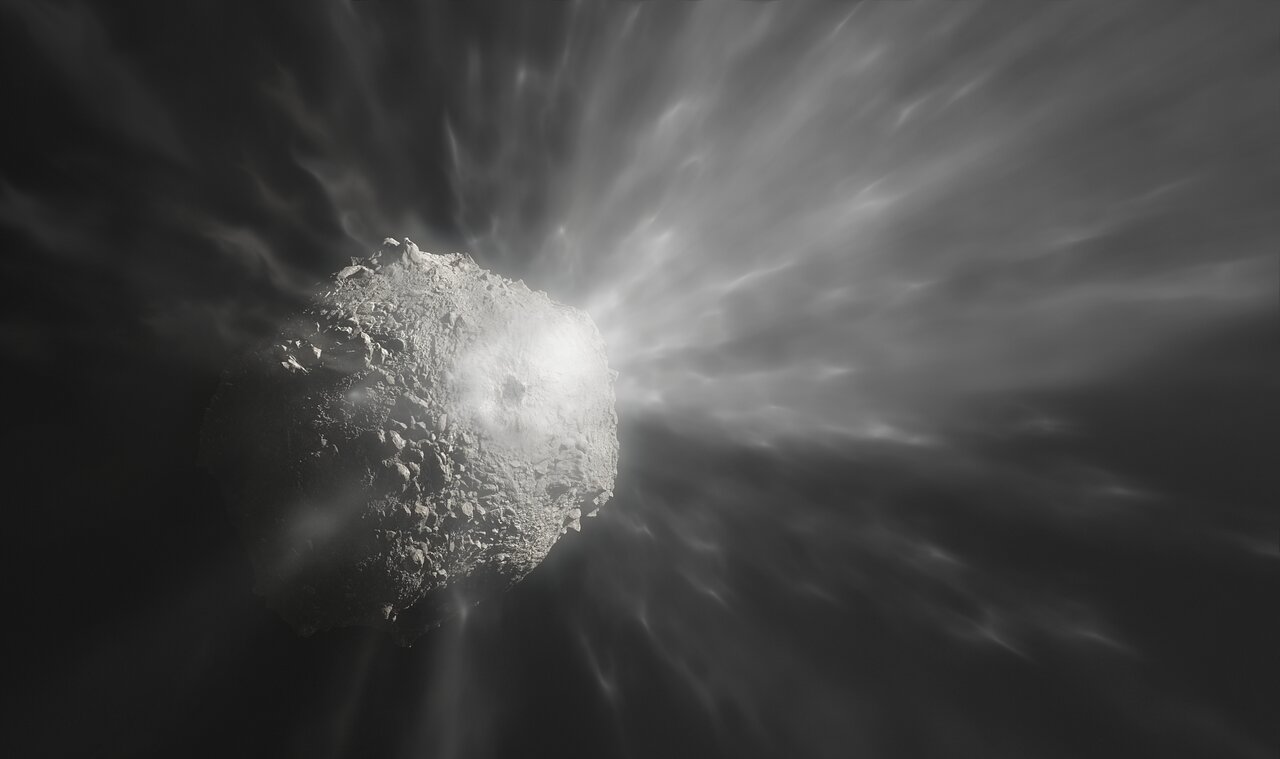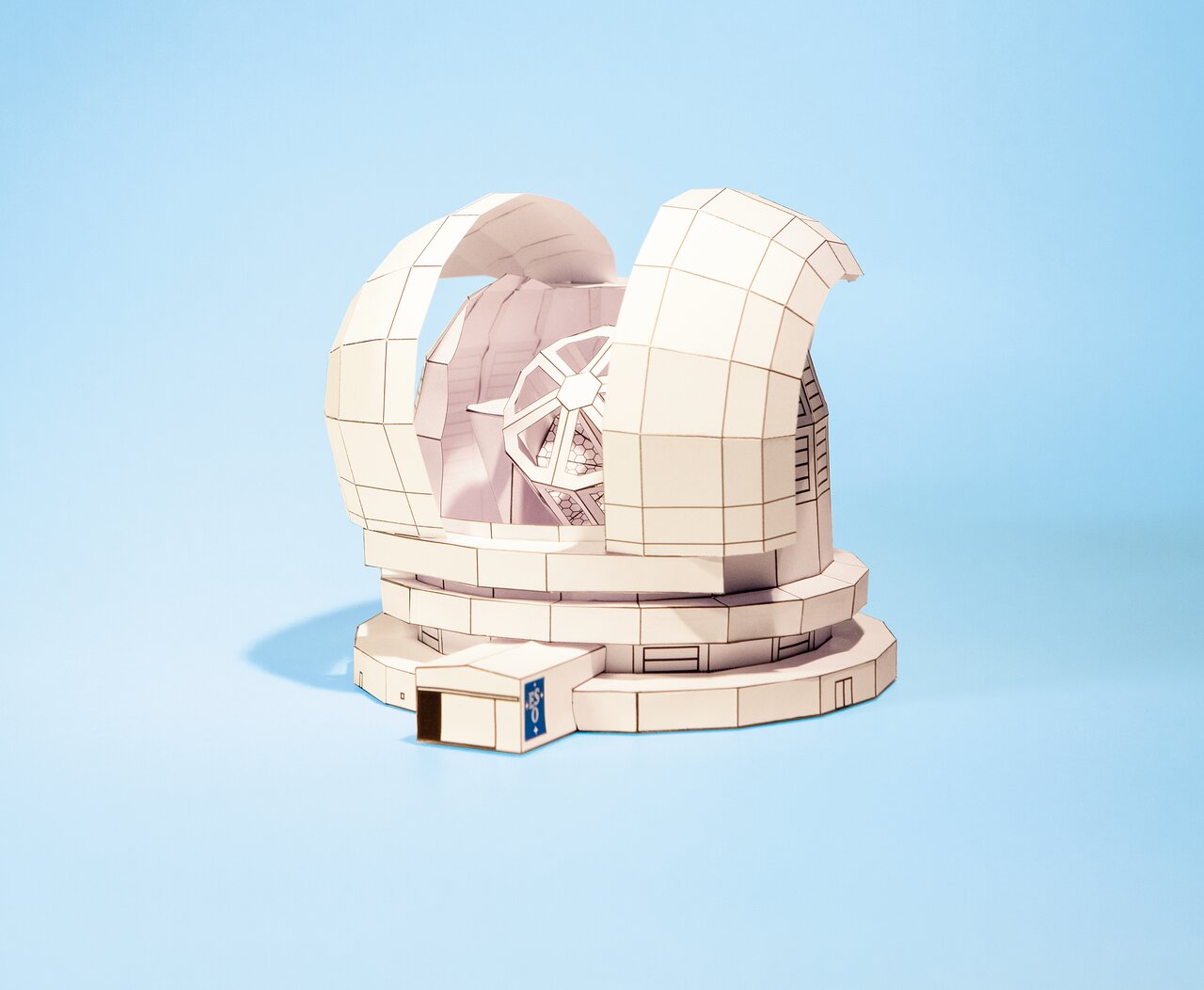China is building a new neutrino detector named TRIDENT, the Tropical Deep-sea Neutrino Telescope. They’re building it in the South China Sea, near the equator. This next-generation neutrino telescope will feature improved sensitivity and should help clear up the mystery around cosmic rays and their origins.
Continue reading “China Chooses the Site for their TRIDENT Neutrino Detector”China Chooses the Site for their TRIDENT Neutrino Detector


